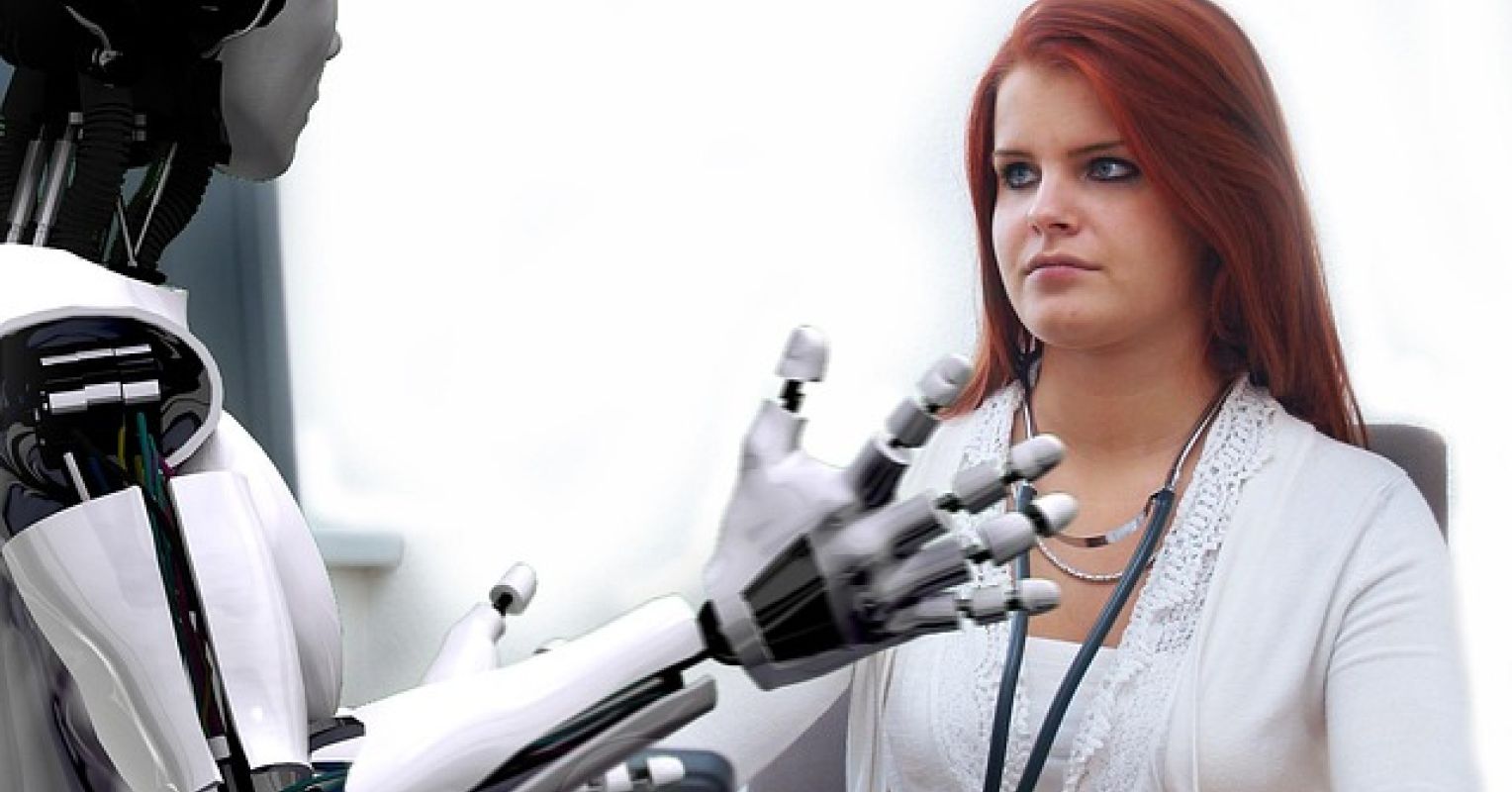fromBusiness Insider
1 day agoThe CHRO's job is getting a whole lot bigger
AI is changing how companies hire, train, and lead, and in the process, the chief human resources officer's role is expanding. Today's top HR leaders are becoming AI strategists, helping their organizations navigate the next wave of workplace transformation. "The old model of HR was employees over here, technology over there," says Thomas Hutzschenreuter, a university professor at the Technical University of Munich (TUM). "But the new model of work is human-AI collaboration." AI is a coworker now, he says, and that means that "HR has a bigger mandate. They need to understand not just people and culture, but go deeper into the strategy, the business, and the technology itself."
Artificial intelligence










